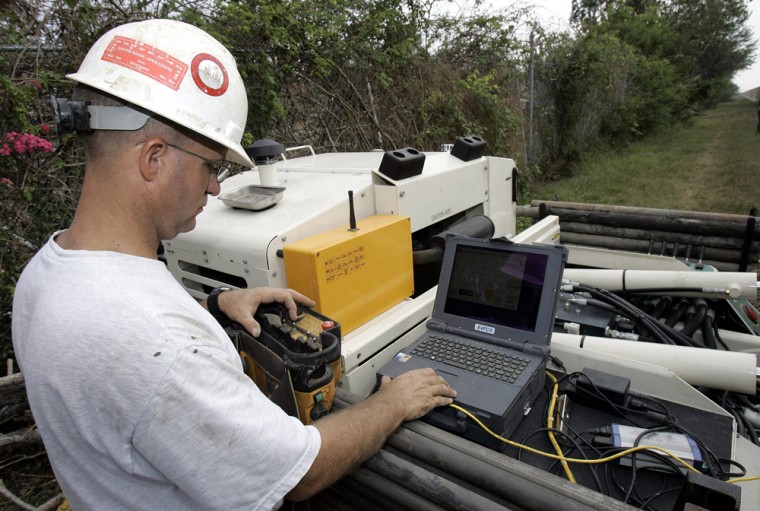Engineers may not have time to rebuild all 350 miles of battered levees in the New Orleans area before the next hurricane season, but they plan to shore up the structures enough to withstand another storm.
The Army Corps of Engineers expects to stabilize any weak areas in the levee system before the 2006 hurricane season begins in June.
“Construction might continue past June ... but it will be capable of protecting from a hurricane,” said Walter Baumy, chief engineer for the agency’s New Orleans district.
The task of restoring levees goes far beyond patching up several dozen breaches of various sizes. The Corps has “sent out teams to investigate the entire system, not just areas where there were breaches,” Baumy said. “We’ve identified areas we know were damaged.”
Army engineers will not assume levees that withstood Hurricane Katrina remain strong enough to endure the next major storm, he said.
‘Nature isn’t going to wait’
Independent engineers wonder whether the Army’s deadlines are realistic.
“They made very optimistic estimates as to how fast they could get the work done,” said Robert Bea, a civil engineering professor at the University of California-Berkeley who has studied the levees. The Army Corps “could be scrambling to finish before the first hurricane actually strikes. Nature isn’t going to wait, and they’re hoping they can do this rather rapidly.”
In addition, engineers affiliated with Louisiana State University have questioned whether the Corps can trust the design documents it is using to determine the extent of necessary repairs.
For instance, at the now-infamous 17th Street canal, Corps designs showed steel reinforcements had been driven down to 17 feet below sea level. But tests by LSU engineers found that the actual depth was only 10 feet, meaning the flood wall built into the levee would have been weaker than the Corps thought when a major breach swamped a large area reaching the center of the city.
It remains unclear whether the same is true of several levees that are meant to protect densely populated parts of the metro area.
Ivor van Heerden, a civil engineering professor leading the LSU team, said he intends to test the other levees. The Corps is conducting similar tests, Baumy said.
